🚫 Maine’s Most Unwanted: Aquatic Invasive Plants Boaters Should Know

At Clark Marine, we care deeply about the lakes we serve—and that includes keeping them clean, healthy, and free from aquatic invaders. One of the biggest threats to Maine’s freshwater ecosystems is the spread of aquatic invasive plants.
These plants aren’t just ugly or annoying—they’re dangerous. Once introduced, they can take over entire lakes, choke out native species, reduce oxygen levels, hinder fishing, and damage boat motors and props. And the worst part? Most of them don’t need much help to spread—just a few fragments on your boat, trailer, anchor, or gear can start a new infestation.
That’s why it’s so important to know the culprits. Let’s take a closer look at Maine’s Most Unwanted Aquatic Invasive Plants and how you can help stop the spread.
🌿 The Invaders to Watch Out For
Eurasian Watermilfoil (Myriophyllum spicatum)
Forms thick mats that block sunlight and create boating hazards. Just one stem can start a new infestation.
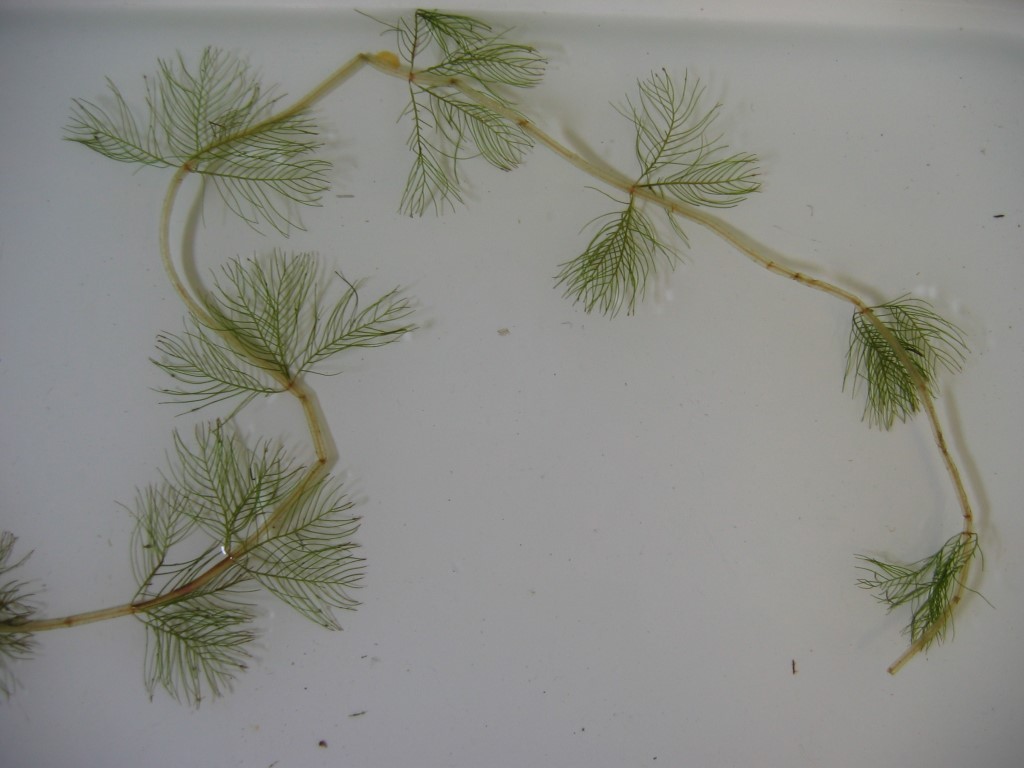
Variable-Leaf Watermilfoil (Myriophyllum heterophyllum)
A milfoil variant with a dense submerged body and floating flower spikes. Native lookalikes make this one tricky.

Parrot Feather (Myriophyllum aquaticum)
Don’t let the name fool you—this one’s a menace. It thrives in slow-moving water and crowds out native species.

Brittle Naiad (Najas minor)
True to its name, this plant breaks apart easily—and every piece can regrow. Anchors, trolling motors, and trailers love to pick it up.

Yellow Floating Heart (Nymphoides peltata)
At first glance, it looks like a lily pad with yellow flowers. But don’t be fooled—it forms dense mats that degrade water quality.
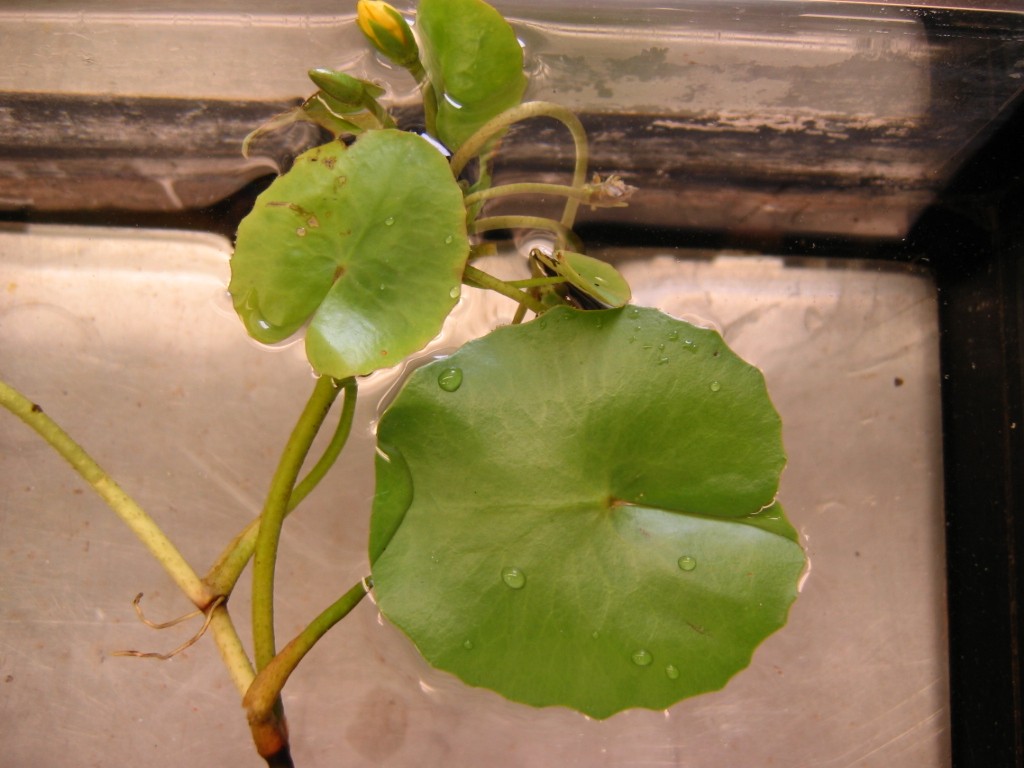
Hydrilla (Hydrilla verticillata)
Nicknamed the “zombie weed,” it survives low light, deep water, and even chopping. It’s one of the most aggressive aquatic invaders in the country.

European Frogbit (Hydrocharis morsus-ranae)
This free-floating plant looks harmless, but it quickly forms thick mats that block sunlight and reduce oxygen levels.
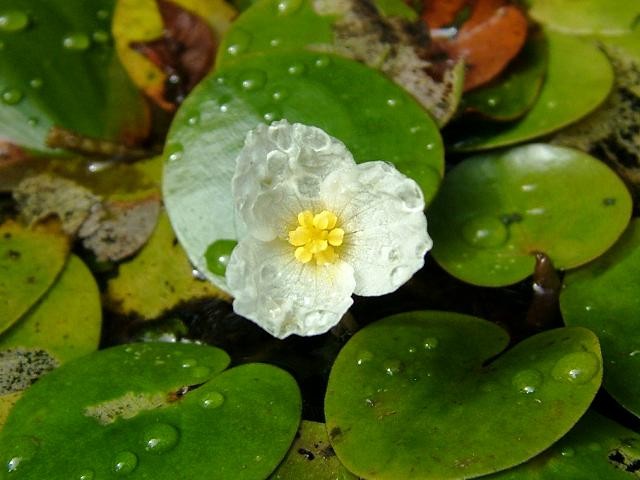
Brazilian Elodea (Egeria densa)
Popular in aquariums—but banned in the wild. Once released, it forms thick underwater jungles that ruin native habitat.

Curly-Leaf Pondweed (Potamogeton crispus)
It starts growing earlier in the season than most native plants and spreads rapidly. Its curly, ruffled leaves make it easy to spot.
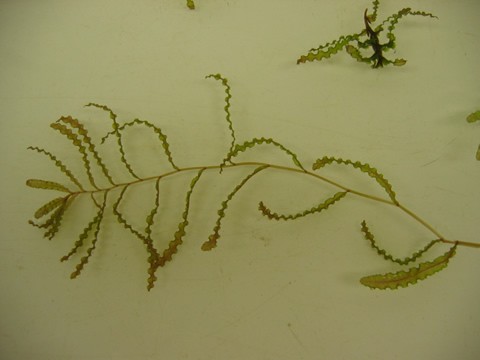
Water Chestnut (Trapa species)
Not the edible kind! These plants produce sharp seeds that hurt swimmers and clog waterways. They’re fast-growing and aggressive.

Water Soldier (Stratiotes aloides)
Spiky leaves and a soldier’s toughness—this plant forms floating rosettes that crowd out native vegetation and can injure swimmers.

Giant Salvinia (Salvinia molesta)
A free-floating fern that doubles in size in just days. It covers lake surfaces and prevents light from reaching underwater life.
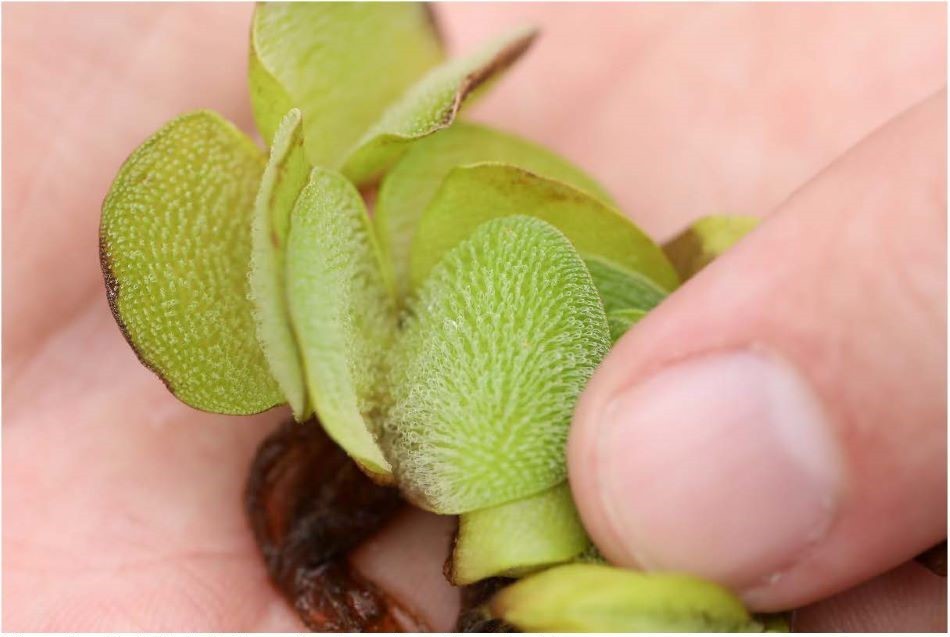
Fanwort (Cabomba species)
With finely divided underwater leaves and floating flowers, fanwort spreads quickly and is hard to eradicate once established.
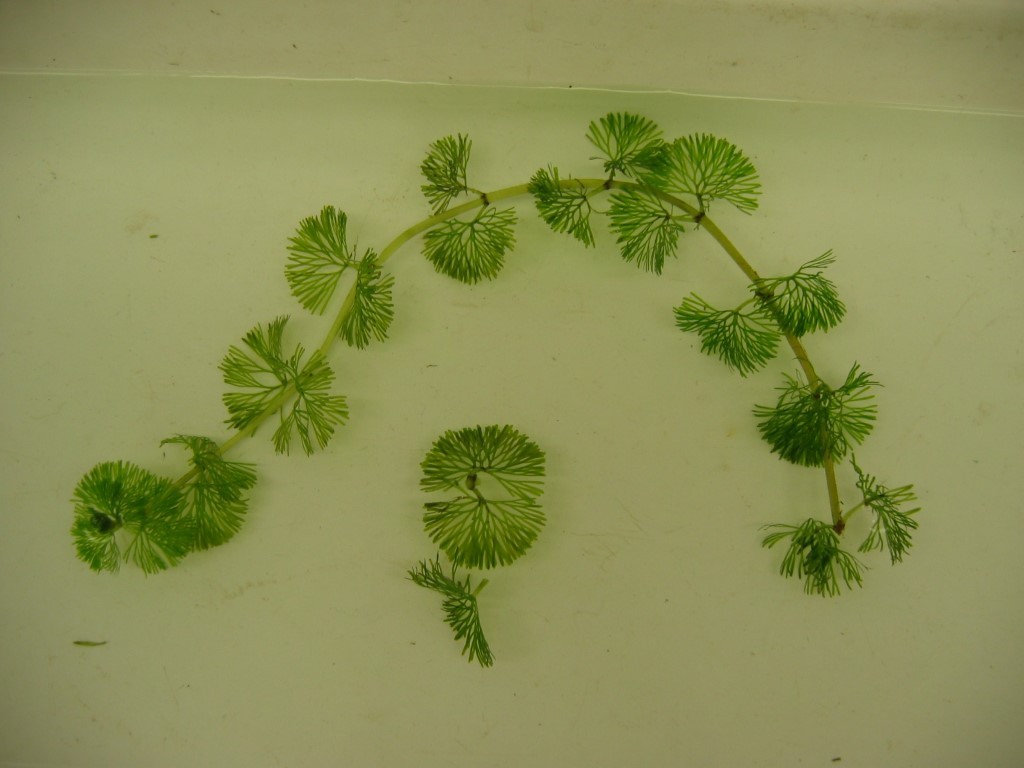
Starry Stonewort (Nitellopsis obtusa)
Characterized by its star-shaped bulbils, this invader tangles in motors and reduces spawning habitat for fish.

Swollen Bladderwort (Utricularia inflata)
Another free-floating plant that floats just under the surface. It reduces oxygen levels and spreads quickly across calm water.

⚠️ What Boaters Can Do
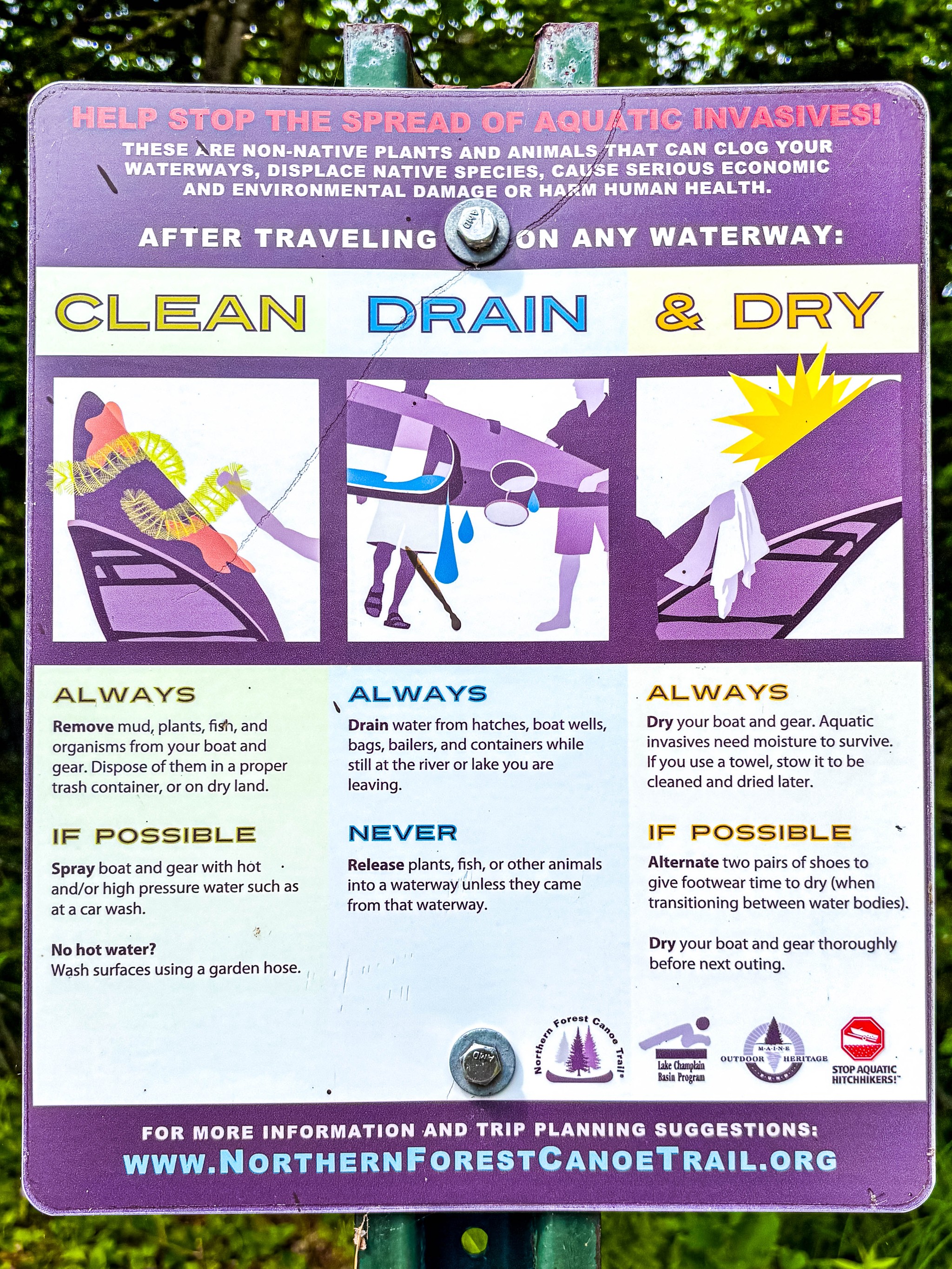
Stopping aquatic invasive species starts with YOU. Whether you're fishing, tubing, or just cruising, always remember to:
✅ CLEAN: Remove all plants, mud, and animals from your boat, trailer, anchor, and gear.
✅ DRAIN: Empty all water from live wells, bilges, and bait buckets before leaving the launch.
✅ DRY: Let everything dry completely before launching into a new waterbody—or towel dry if you’re heading right back out.
🛶 Let’s Keep Maine’s Lakes Clean
Our lakes are part of what makes summer in Maine so special. Let’s protect them—so our kids and grandkids can enjoy the same beauty and fun we do today.
#CleanDrainDry #ProtectMaineWaters #InvasiveSpeciesPrevention #ClarkMarineCares #FunOnTheWaterStartsHere
